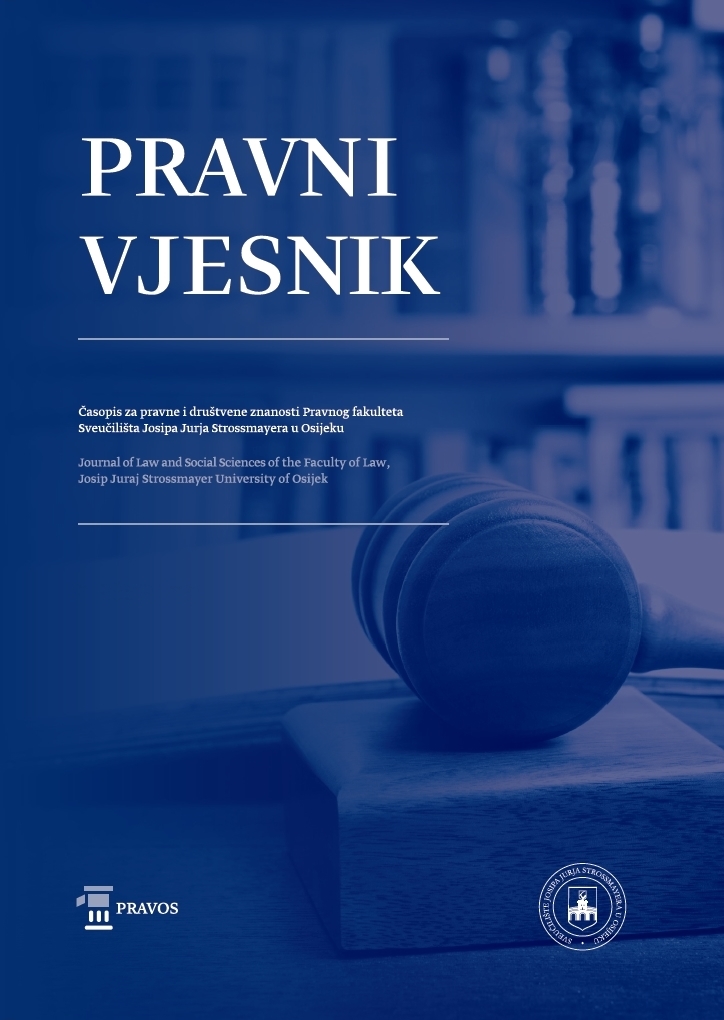IN SEARCH OF THE MEANING OF THE EFFECTIVE CONTROL STANDARD IN PEACEKEEPING OPERATIONS UNDER THE AUSPICES OF THE UNITED NATIONS
DOI:
https://doi.org/10.25234/pv/7748Keywords:
responsibility of international organizations, the UN peacekeeping operations, effective control standard, dual (multiple) attribution of conductAbstract
The subject of this paper is the analysis of the work done by the International Law Commission on the codification of international organizations responsibility for internationally wrongful acts, which resulted in the adoption of the Draft Articles on the Responsibility of International Organizations in 2011. The author focuses on Article 7 of the Draft, which prescribes prerequisites for the attribution of conduct in situations when the states place their bodies at the disposal of an international organization for peacekeeping operations. The analysis of relevant decisions of the European Court of Human Rights as well as of the courts of the Netherlands, Belgium and the United Kingdom points to the key problems that these courts faced while considering the attribution of violations of international law committed in peacekeeping operations – insufficient clarity of Article 7 regarding the attribution, different interpretation of the term ‘placed at the disposal’ of another international organization, lack of the definition of the ‘effective control’ standard, which is, according to the Draft prescribed as the criterion for the attribution of conduct, and consequently, the arbitrary application of control standards. The author warns that the lack of uniform jurisprudence as well as the mentioned shortcomings of the Draft Articles of the Responsibility of International Organizations cause legal uncertainty and reduce the possibilities for the victims of internationally wrongful acts to obtain adequate legal protection. In conclusion, the author proposes the application of the effective control standard as a well-established test in the context of attribution of conduct, explains the key elements of the content and the meaning of the standard, proposes guidelines for its correct application and points to the significance of the dual (multiple) attribution both to States and international organizations.
Downloads
Published
Issue
Section
License
Copyright (c) 2018 Rutvica Rusan Novokmet

This work is licensed under a Creative Commons Attribution-NonCommercial 4.0 International License.
Authors retain the copyright on the papers published in the Journal, but grant the right of first publication to the Journal. Papers accepted for publication or already published in Pravni vjesnik of the Faculty of Law in Osijek may be published by the author(s) in other publications only with proper notice of its previous publication in Pravni vjesnik.






